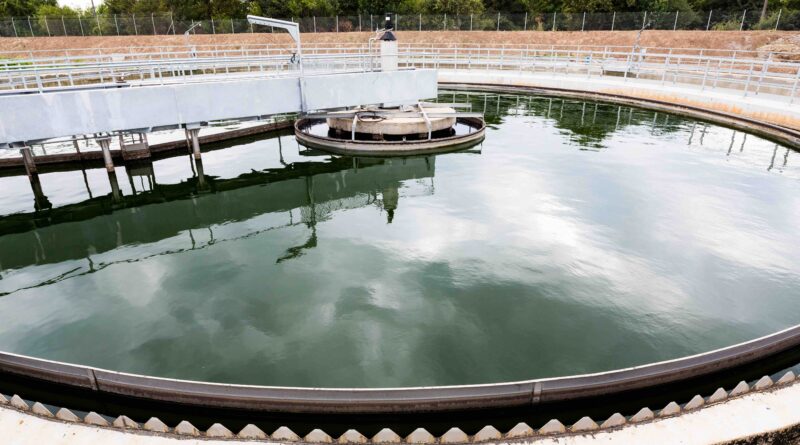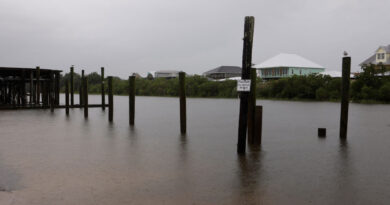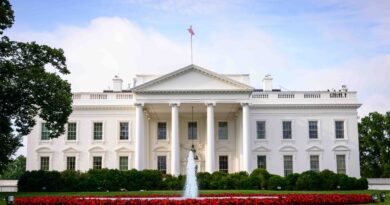Critical Infrastructure Grants Awarded to Alaska
The U.S. Department of Transportation’s (DOT) awarded the Alaska Congressional Delegation over $44 million will be distributed to nine Alaska communities looking to strengthen fish habitats.
According to United States Senator for Alaska, “Protecting our fish doesn’t just happen in the ocean–how we build our roads and other infrastructure on land matters, too,” said Representative Mary Peltola. “In some places across Alaska, fish have been unintentionally blocked from moving up or downstream by culverts or other obstacles, preventing them from reaching the ocean or returning to spawn. This funding, nearly $45 million from the Bipartisan Infrastructure Law, will help improve our infrastructure and restore crucial habitats across several regions to help a variety of fish species complete their life cycles and find their way home. Additionally, these projects will help reduce flood risks, provide jobs and protect the lives and livelihoods of Alaskans who rely on fish every day. This is one more example of bipartisan, pro-fish policy working for Alaska.”
“In communities across the country where people depend on fishing for their livelihoods, culverts are vital infrastructure for ensuring fish passage,” said U.S. Transportation Secretary Pete Buttigieg. “Through this investment, we are repairing or removing culverts, protecting jobs, mitigating the risk of flooding, and strengthening local economies.”
The AOP program is an annual competitive grant program that selects eligible entities for the replacement, removal, and repair of culverts to improve and restore passage for fish born in freshwater streams and rivers, and migrate back to freshwater for spawning. The communities selected in Alaska include Metlakatla Indian Community, Matanuska-Susitna Borough, Klawock, King Salmon, Valdez, Cordova, Yakutat City and Borough, and Houston.





